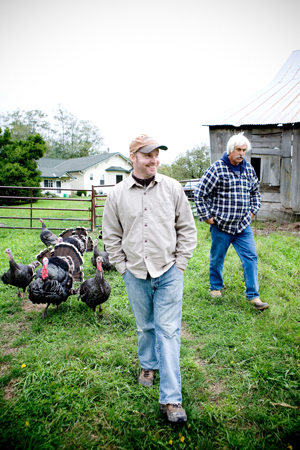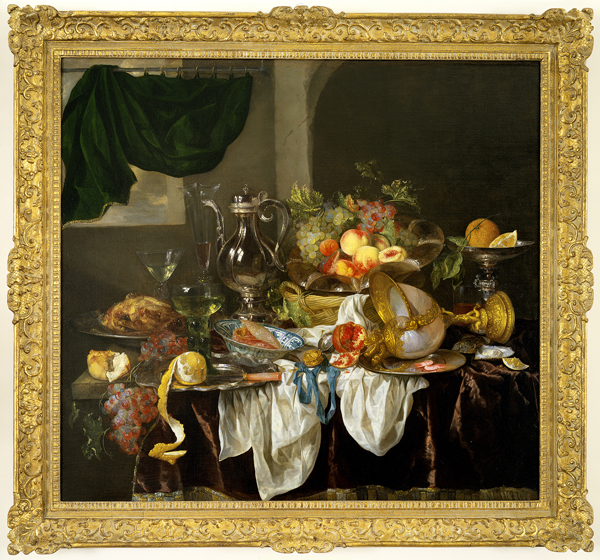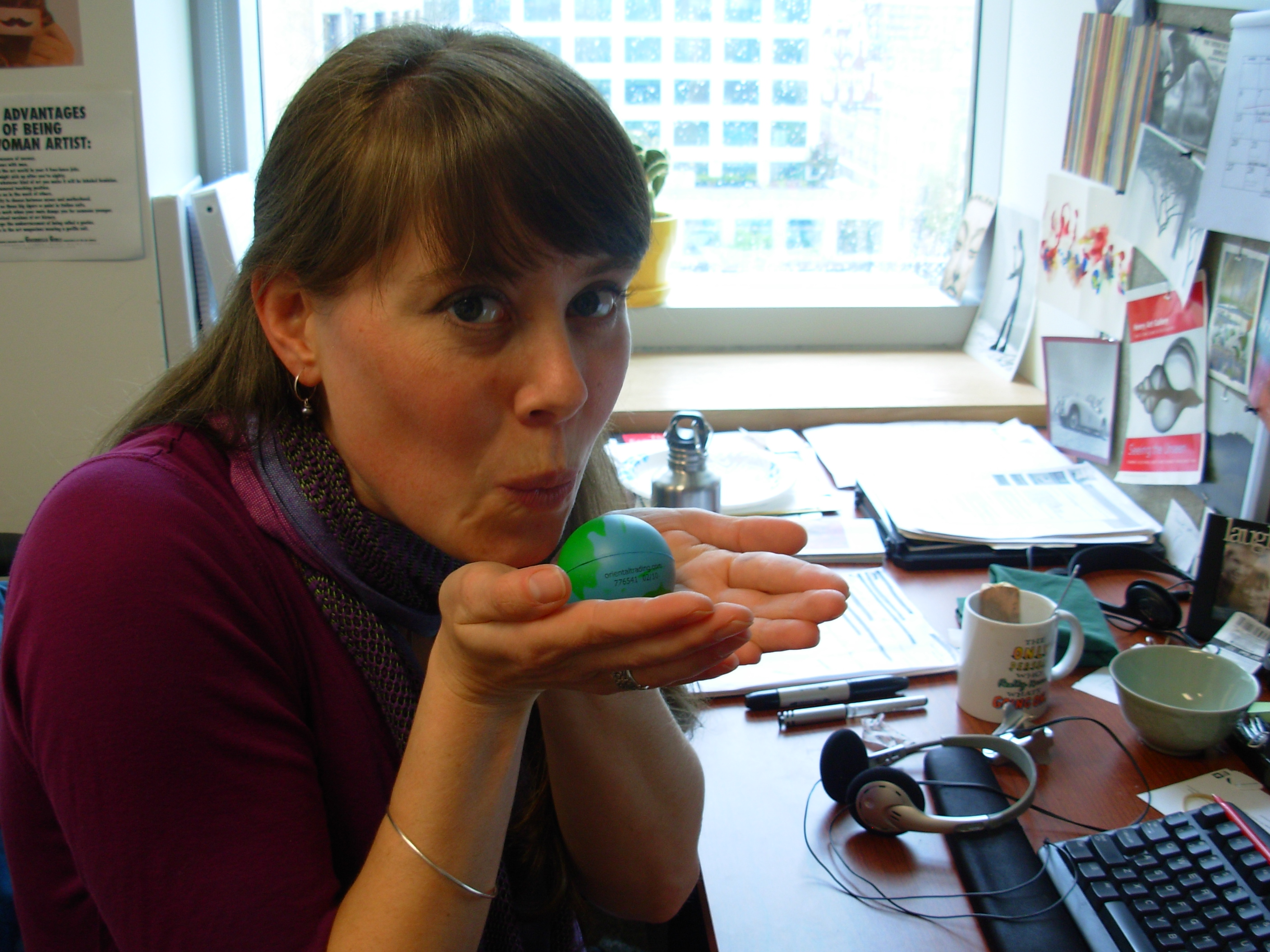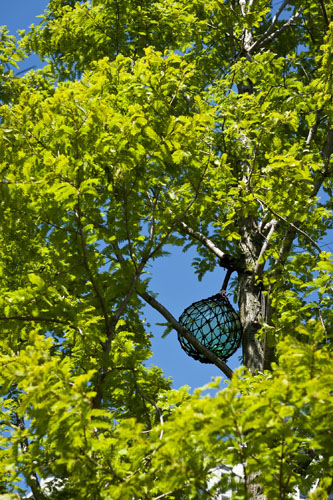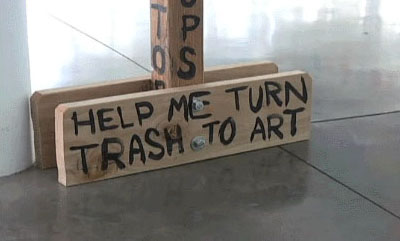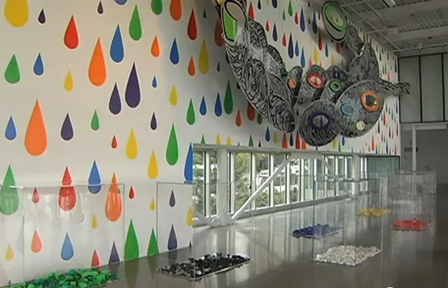Where the Park Meets the Sound
The view from the Olympic Sculpture Park is heavenly. As you sit in one of the vibrant red chairs, you can gaze out on a harbor filled with sailboats, and onto the Olympic Mountains scraping the clouds. The meadow’s colorful flowers bloom and sway with the ocean breezes, and the native foliage is juxtaposed against clean, modernist lines and bold contemporary art to create a visual feast. It’s hard to imagine, with all its runners, dog walkers, and parades of children running through the distinctive Z-path, that this now iconic park was once site to the Union Oil Company of California.
Since it’s birth in 2007, the Olympic Sculpture Park has undergone hefty changes and challenges, but a large portion of the transformation is ongoing. It was World Ocean Day June 8, and there was no better location to celebrate than on the reclaimed rocky shore of the park. As an intern gardener at the park, I work closely with Bobby McCullough, who has been head gardener since the park opened its gravel walkways. He ensures that water is being used efficiently, and that the naturalized beach area is healthy for park visitors of all kinds, from people to dogs and even harbor seals. Keeping this area in good shape is an important part of the crew’s work: the beach is patrolled for litter almost daily, plants have been placed and cared for to act as a natural buffer, and we even climb the trees to search for troublesome insects. It is safe to say that years after the design implementation, the Olympic Sculpture Park is continually taking efforts to create a clean Puget Sound.
I assist Bobby by hand weeding and performing maintenance, keeping plants healthy and the open space clean and friendly. The park uses organic gardening methods—no pesticides, fertilizers, no harmful chemicals. By using these techniques, it prevents contamination in the soil and on the ground surface, which could then wash into Puget Sound. And what’s even more unique and sustainable than our gardening practices are the plants themselves; they are all native to the Pacific Northwest. Visitors experience four distinct archetypal landscapes at the Olympic Sculpture Park: the valley, the meadows, the grove, and the shore. These series of precincts give the park a sense of regional identity, and reduce water use. The plants are already adapted to Seattle’s climate, and therefore do not require any additional water. Sprinklers in the park are energy-efficient and only turned on when necessary. Young plants are watered while they become established, but in the future they will require little-to-no watering.
Without a doubt, the sculpture park’s most carefully maintained area is where the park meets the Sound. The beach features large logs and boulders, perfect for climbing and sitting to admire the harbor. The shore was designed to act as a natural filter, collecting debris that wash up with the tides. Each year after the storm season, usually in February, Bobby organizes a massive clean up to remove trash and treated lumber. Creosote is a substance created through the distillation of tar to preserve wood, and is toxic. It is often used to treat lumber used in structures like boats and docks, and can wash up onto the beach. Each year Bobby removes six to eight tons of this treated wood from the shore to prevent creosote from leaking into the water. This maintenance continues throughout the year, with treated wood removal and daily trash pick-ups.
The shoreline is carefully monitored through a variety of efforts to create safe wildlife habitat. Learn more about the Olympic Sculpture Park and its restoration.
-Stephanie Stroud, Intern Gardener, Olympic Sculpture Park

